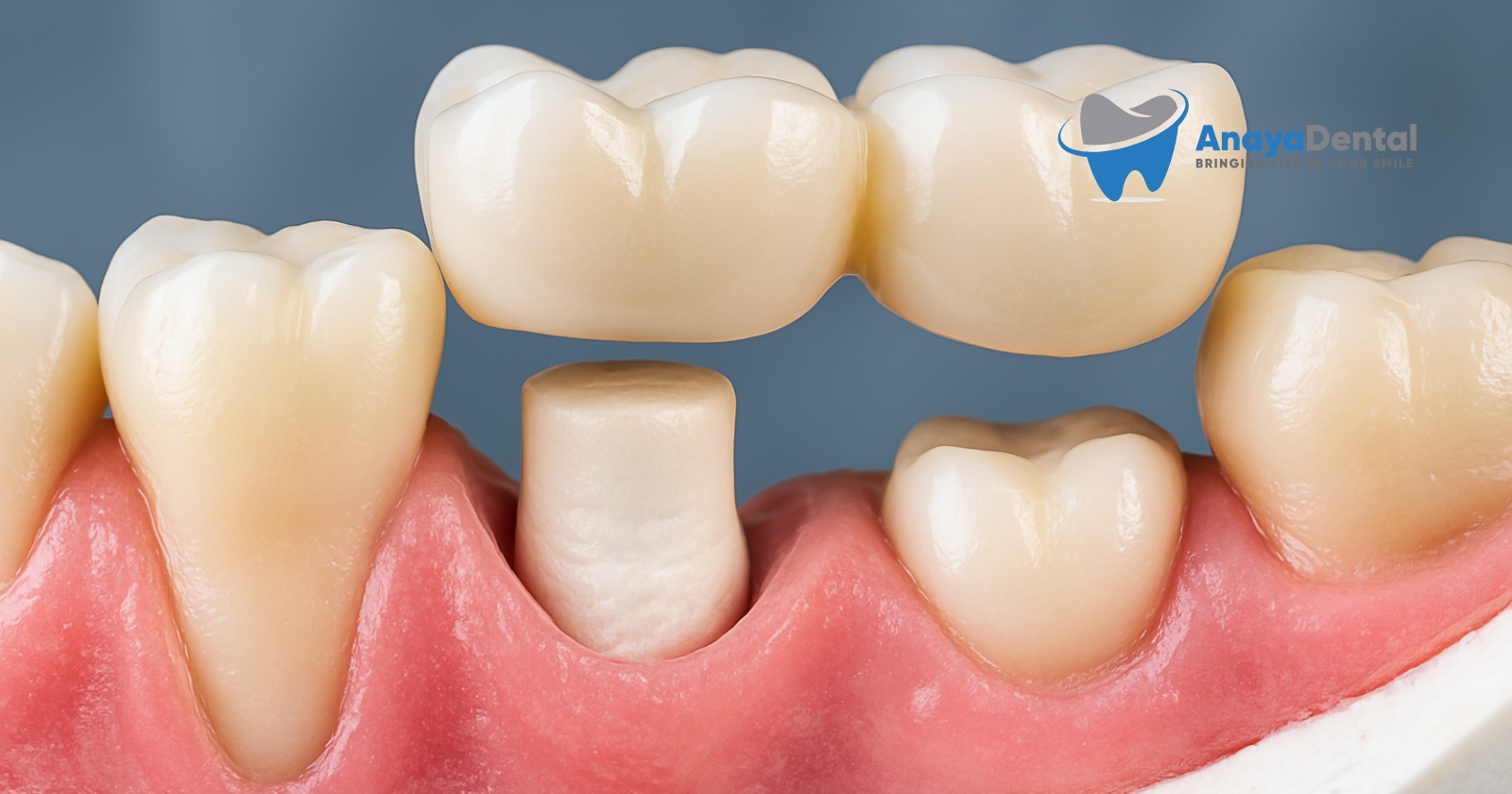In today’s rapidly evolving dental landscape, implant procedures now represent a quarter of all restorative treatments performed. At the heart of modern implantology lies a critical classification: the D6058 dental code. This code, which designates an abutment-supported porcelain/ceramic crown, has profound implications for clinical practice, insurance reimbursement, and practice management.
What Exactly Is D6058?
The D6058 code specifically refers to a porcelain or ceramic crown that attaches to a dental implant via an abutment. This restoration consists of three essential components:
- The implant fixture – a titanium post surgically placed in the jawbone
- The abutment – either prefabricated (D6056) or custom-made (D6057)
- The porcelain/ceramic crown – the visible tooth replacement
While this may seem straightforward, the financial implications are staggering. Improper coding of implant procedures contributes to an estimated $2.3 billion in annual revenue loss for U.S. dental practices, with D6058-related errors accounting for 38% of these losses.
Try Our Dental Calculators
The Clinical Picture: When to Use D6058
This code is particularly indicated for:
- Single-tooth replacements in aesthetic zones requiring optimal translucency
- Areas with sufficient interocclusal space (minimum 5mm)
- Patients with healthy opposing dentition
However, its use is contraindicated in several scenarios:
- Severe bruxism without protective appliances
- Inadequate space between opposing teeth
- Implant sites with less than 3mm bone width
The Financial Reality: PPO Challenges
Perhaps the most pressing issue surrounding D6058 involves insurance reimbursement. PPO reimbursement rates for this code typically range from $500-$1,200, representing just 42% of the standard $1,200-$2,500 practice fee.
For perspective, a practice placing just 20 D6058 crowns monthly could lose $192,000 annually due to this reimbursement gap—equivalent to 2.5 hygienist salaries. This financial pressure is compounded by the nearly 12 hours per month many practices spend appealing denied insurance claims.
Modern Solutions: Digital Workflows and Practice Models
Forward-thinking practices are adapting through:
Digital Protocol Integration
Modern workflows now combine:
- Intraoral scanners achieving 15μm accuracy
- AI occlusal design reducing porcelain fractures by 41%
- Same-day milling with 98% margin accuracy
These technological advances reduce chair time by 52 minutes per case while improving patient satisfaction.
Membership Plan Alternatives
To bypass PPO constraints, many practices now offer:
- Hybrid membership plans ($299/year including discounts on D6058)
- Prepaid plans with multi-year warranties
- Outcome-based contracts with longevity guarantees
Practices using such models report 73% higher case acceptance rates compared to PPO-dependent offices.
Compliance and Documentation
The 2024 OIG Work Plan specifically targets D6058 upcoding through:
- Material verification requiring lab documentation
- Time stamp validation of crown placement
- Pre-treatment authorization requirements
Practices must implement robust documentation systems, including:
- Automated photo documentation
- Secure lab communication records
- Real-time eligibility verification
The Future of D6058
Emerging technologies promise to transform the D6058 landscape:
- 3D-printed abutments enabling affordable custom solutions
- Self-healing ceramics dramatically reducing fracture risks
- IoT-enabled crowns monitoring occlusal forces
These innovations may extend D6058 restoration longevity from 12.7 to over 20 years while potentially reducing costs by 30-45%.
Strategic Recommendations
For practices looking to maximize the value of D6058 procedures:
- Develop a PPO exit strategy by transitioning 20-30% of production to membership models annually
- Implement coding automation with AI validation tools
- Invest in continuing education focused on material science and CDT updates
Conclusion
The D6058 code remains central to modern implant dentistry. However, its financial viability requires practices to balance clinical excellence with sophisticated business strategies. As value-based care models gain prominence, dentists who master both the technical and business dimensions of D6058 will be positioned for long-term success.
Understanding this complex code isn’t just about proper billing—it’s about building sustainable practice models that deliver optimal patient care while maintaining financial health in an increasingly challenging insurance landscape.


